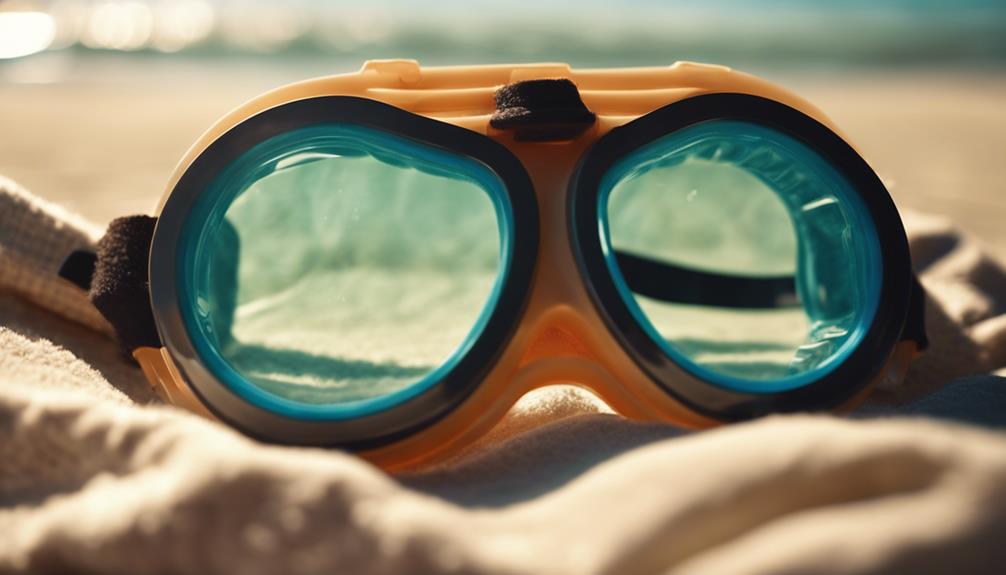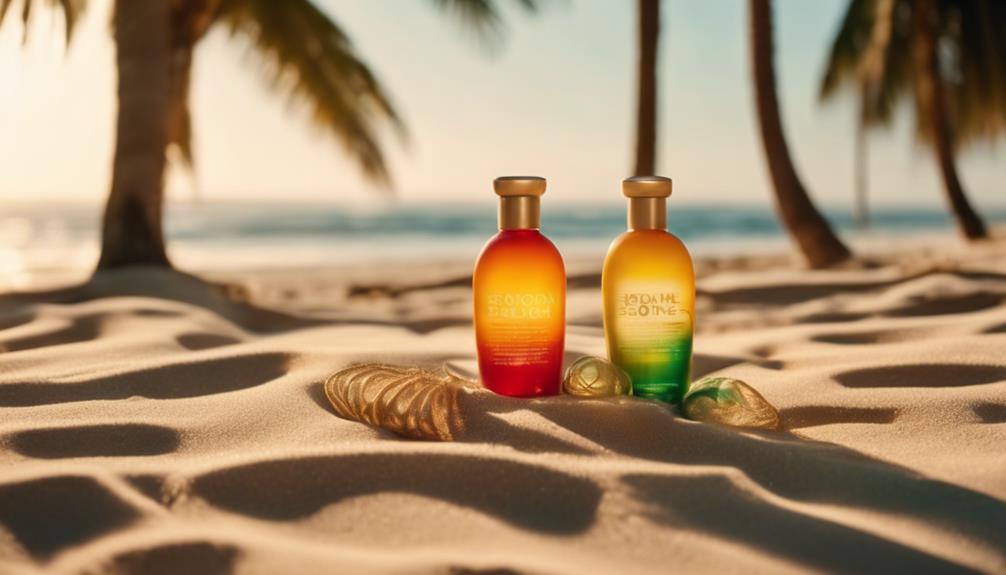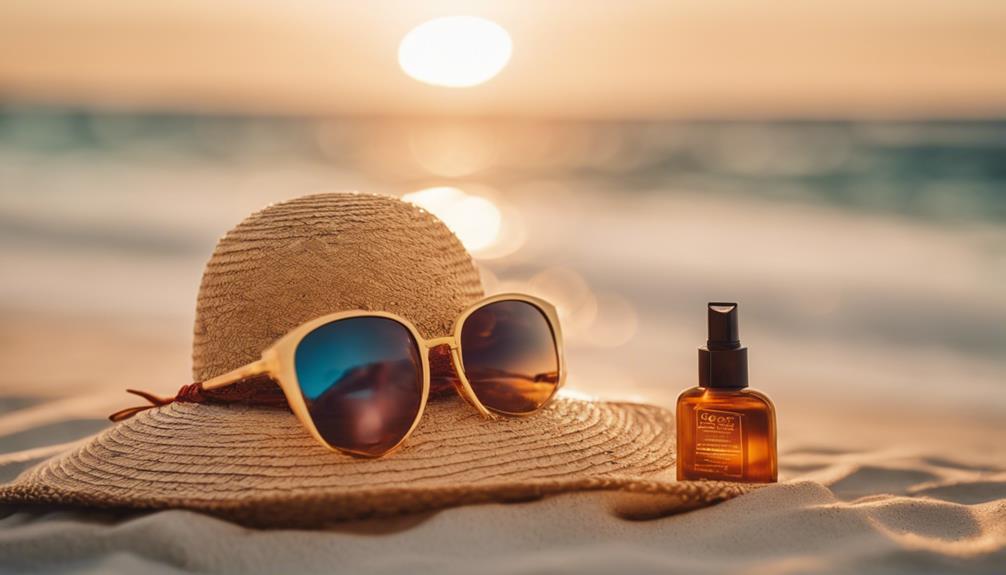When using tanning beds, always emphasize eye safety. The UV rays emitted can be up to 100 times stronger than natural sunlight, which can lead to serious conditions like cataracts and macular degeneration. Merely closing your eyes is not sufficient; you must wear certified UV-blocking goggles that fit securely. Keep in mind that even brief sessions can result in lasting damage. Regular eye exams are crucial for monitoring your eye health as well. By practicing safe tanning habits and using protective gear, you can achieve a bronzed complexion while reducing risks. Learning more about effective protection methods and alternatives can also help safeguard your vision.
Key Takeaways
- Always wear FDA-approved UV-blocking goggles during tanning sessions to prevent serious eye damage from intense UV radiation.
- Short tanning sessions can still harm your eyes; always prioritize protective eyewear regardless of session length.
- Regular eye exams are essential for early detection of potential vision issues related to UV exposure.
- Consider alternatives like sunless tanning products to minimize UV risks while achieving desired skin color.
Risks of UV Radiation
Tanning beds expose your eyes to UV radiation that can lead to serious conditions like cataracts and macular degeneration.
The UV light emitted from these beds can be up to 100 times stronger than outdoor sunlight, greatly increasing your risk of eye damage. If you don't protect your eyes, long-term exposure can result in irreversible vision problems.
You might experience short-term symptoms like red, itchy eyes, blurred vision, or light sensitivity after a tanning session. Being aware of these hazards is essential for your eye health.
Prioritizing safety measures during tanning can help prevent severe conditions over time. Remember, awareness and caution can go a long way in preserving your vision while enjoying the tanning experience.
Importance of Eye Protection
Protecting your eyes with UV-blocking goggles during tanning is essential to prevent serious vision problems caused by harmful UV radiation.
Closing your eyes isn't enough; without proper protection, you risk severe damage. Tanning bed UV light can be much stronger than natural sunlight, making eye protection critical.
Without goggles, you may face long-term consequences like cataracts or macular degeneration. Regular eye exams can help detect any potential issues early and maintain your overall eye health.
Remember, it's not just about the immediate session—you're investing in your long-term vision safety. By prioritizing eye protection, you can enjoy tanning while safeguarding your eyesight against the harmful effects of UV exposure.
Don't take chances; be proactive about your eye safety!
Effective Eye Protection Techniques
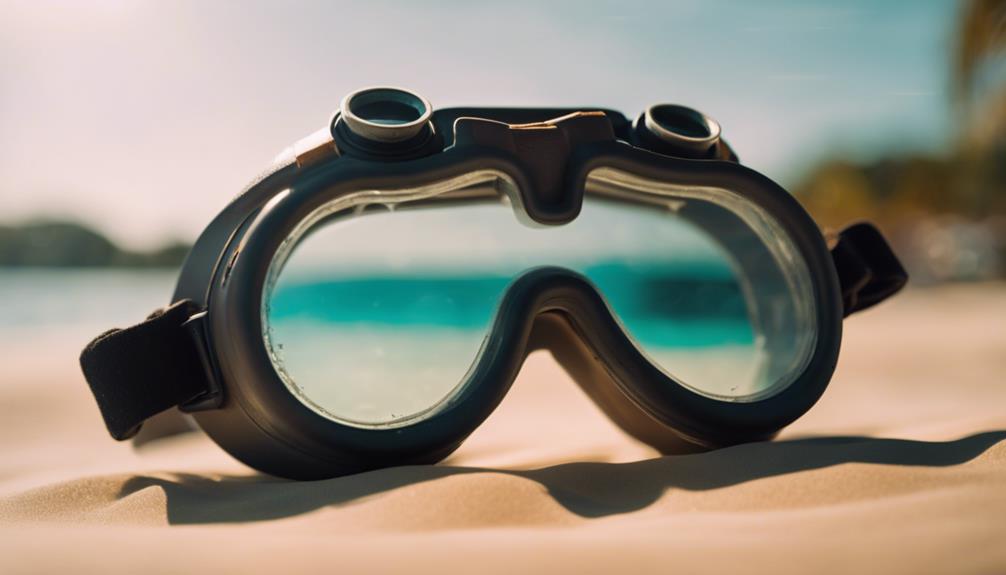
Using certified UV-blocking goggles guarantees your eyes are shielded from harmful rays during tanning sessions. Make certain your goggles fit snugly to prevent any UV light from seeping in. It's a good idea to keep extra pairs handy for convenience, assuring you always have effective protection. After tanning, wearing sunglasses can help extend that protection and keep your eyes comfortable. Here's a quick reference table to help you remember effective eye protection techniques:
| Technique | Description | Importance |
|---|---|---|
| UV-blocking Goggles | Use certified goggles with 99-100% UV protection | Prevent serious eye damage |
| Proper Fit | Ensure a snug fit | Maximize protective coverage |
| Extra Pairs | Keep additional goggles on hand | Convenience for safety |
| Sunglasses Post-Tan | Wear sunglasses after tanning | Extend protection |
Safe Tanning Bed Practices
Before stepping into a tanning bed, it's vital to prioritize safety measures to minimize UV exposure risks.
Always use FDA-approved UV-blocking goggles to shield your eyes from harmful rays. Limit your tanning sessions to avoid overexposure and follow recommended time guidelines.
Educate your friends about the dangers of UV exposure and encourage them to adopt safe tanning practices as well. Regular eye check-ups are important for monitoring your eye health, so don't skip those appointments.
If you want to minimize UV risks, consider alternatives like sunless tanning products. Awareness of these safe practices can help you enjoy tanning while protecting your vision for the long term.
Common Eye Safety Myths
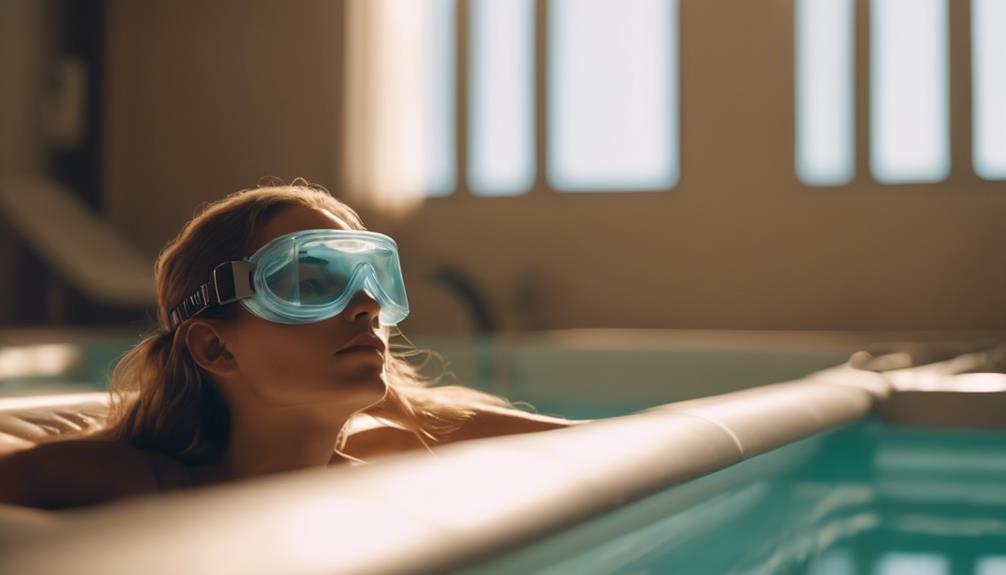
Many people believe common myths about eye safety in tanning beds, which can lead to dangerous misconceptions and inadequate protection.
One prevalent myth is that closing your eyes is enough to protect them. In reality, UV rays can still penetrate and cause serious damage.
Another misconception is that tanning beds are safer than natural sunlight, but their UV intensity can be up to 100 times stronger.
Some think they don't need goggles if they only tan for a short time, but even brief exposure can harm your eyes.
Finally, many underestimate the importance of regular eye exams, believing they're unnecessary.
Always prioritize proper eye protection and stay informed to safeguard your vision during tanning sessions.
Alternative Tanning Options
Considering the risks associated with tanning beds, exploring alternative tanning options can provide a safer way to achieve a desired glow without compromising your eye health.
One popular choice is sunless tanning products, such as lotions, sprays, and mousses that contain DHA, a safe ingredient that darkens the skin. These products allow you to customize your tan and avoid harmful UV exposure.
You might also consider bronzers for a quick, temporary glow. If you prefer a more natural approach, gradual tanners can build color over time.
Additionally, professional spray tans offer a flawless finish without UV risks. By embracing these alternatives, you can enjoy a beautiful tan while prioritizing your vision and overall skin health.
Additional Resources and Support

Explore a variety of resources and support options to enhance your understanding of tanning bed safety and protect your eye health effectively. You can improve your knowledge by accessing the following resources:
- Expert Articles: Read up on topics like UV exposure, eye health, and tanning safety from trusted sources.
- Online Forums: Join discussions with others who share your concerns about tanning and eye protection.
- Local Health Seminars: Attend workshops or seminars focused on skin and eye health to gain insights from professionals.
- Professional Consultations: Schedule appointments with eye care specialists to discuss your tanning habits and receive personalized advice.
What are the Essential Insights for Tanning Bed Eye Safety?
When it comes to top tanning bed eye safety, it is crucial to wear protective eyewear every time you use a tanning bed. The intense UV rays emitted by tanning beds can cause serious damage to the delicate tissues of the eyes, leading to conditions like cataracts and macular degeneration. Taking the time to safeguard your eyes is a small but important step in protecting your overall health.
Conclusion
In the dance of tanning, your eyes deserve a front-row seat to safety.
By embracing proper eye protection and following safe practices, you can bask in that golden glow without risking your vision.
Remember, every ray that kisses your skin should be matched with care for your eyes.
So, step into the light with confidence, knowing you've shielded what matters most.
Let your tanning journey be a harmonious blend of beauty and protection, ensuring your eyes shine bright for years to come.

